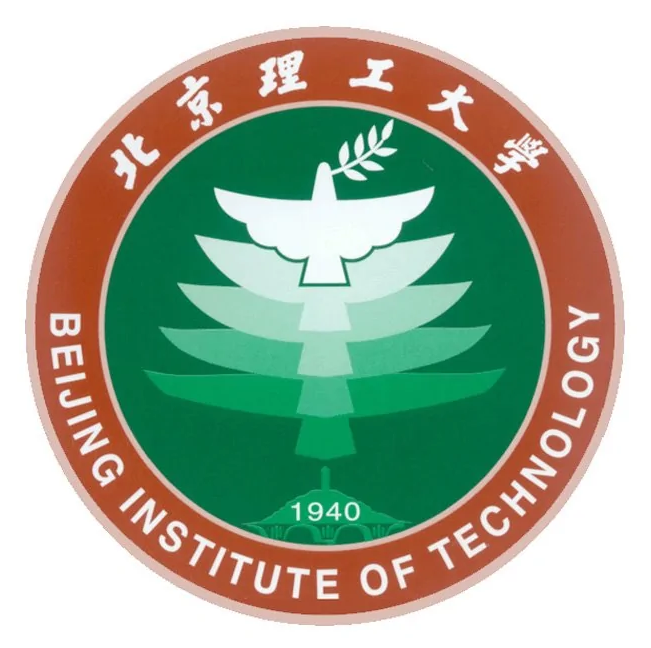Precious metals such as gold played very important roles in broad areas such as currency, chemical engineering, energy, and electronic devices for a long history of mankind, owing to their excellent properties. Thus, the development of the circular economy of precious metals become highly demanded. In addition to the traditional absence based on the complexation mechanism by using functional groups such as polyamines and thioureas with strong affinity to precious metals, novel absorbents with new absorption modes have attracted much attention in recent years. It is noteworthy that the ultrahigh adsorption capacity was achieved through the reductive capture mechanism, which strongly relies on the advanced adsorbent materials associated with coordination mode.
A new family of porous polypyrrolidines (BIT-POP-14–BIT-POP-17) were prepared efficiently through ROMP polymerization by Huang Group, and the as-synthesized BIT-POPs were proved to be highly efficient for the gold recovery from e-waste. The related results were published in the internationally renowned journal Advanced Materials (IF=29 4; Adv. Mater. 2024, 2405731, doi.org/ 10.1002/adma.202405731) under the title of "Porous Polypyrrolidines for Highly Efficient Recovery of Precious Metals through Reductive Adsorption Mechanism".

The high gold recovery efficiency, with 7 times the theoretical limit, reaching a record of 3020 mg g−1 under light by BIT-POP-15 was achieved. The porous polymers were filled in a column for a continuous uptake of gold from waste PCBs, showing recovery efficiency toward gold as high as 95 % after 84 h. The deep understanding on the reductive adsorption mechanism run by porous polypyrrolidines was proposed to be the synergistic interaction between redox-active N-phenyl-pyrrolidine subunit and flexible backbones with hierarchical pores. This work provides a new approach to designing novel adsorbents for the recovery of precious metals, especially gold. It will inspire researchers in this field to explore functional photoredox materials for gold stripping in the near future.

Porous organic polymers with azobenzene backbone (Azo-POPs), which are characterized by good chemical stability, high specific surface area, and ease of functionalization and modification, have attracted much attention as they show great application prospects in several fields. Based on the group's previous work on porous polymers with azobenzene skeleton (Azo-POPs), Shijing has systematically elaborated on the synthesis and application of Azo-POPs, and the related article has been published in the Acta Polymerica Sinica. (Shi, J.; Zhang, Z. H.; Zhou, J. X.; Huang, M. H. Progress in azobenzene porous organic polymers: innovative structure evolutions and applications. Acta Polymerica Sinica, doi: 10.11777/j.issn1000-3304.2024.24040)

The review firstly combed the ways of introducing azobenzene structural units into porous polymer skeletons in recent years, including the condensation polymerization of polyaminoaromatics with poly(nitroso)aromatics, the oxidative coupling polymerization of polyaminoaromatics, the reductive coupling polymerization of polynitroaromatics, as well as the coupling polymerization of electron-rich aromatics with polydiazonium salts, etc., and pointed out that the conditions of the coupling polymerization of electron-rich aromatics with polydiazonium salts are mild, and the polymerization efficiency and functional group acceptance are good. It is pointed out that the coupling polymerization of electron-rich aromatic hydrocarbons and polydiazonium salts has mild conditions, high polymerization efficiency and good functional group tolerance. The examples and characteristics of functional Azo-POPs are briefly described, and the irreversible isomerization of tris(β-hydroxy-azo)benzene structure to tris(β-keto-hydrazone)cyclohexane structure is analyzed and demonstrated; the applications of Azo-POPs in the fields of adsorption and storage of gases and vapors, multiphase catalysis, removal of pollutants in water, membrane separation of gases and electrochemistry, etc., are also analyzed and summarized. Finally, the challenges to the development of Azo-POPs are analyzed and pointed out, and the future development direction and prospect of Azo-POPs are discussed in the light of the existing research reports.
